Exploring The Great Wall of China
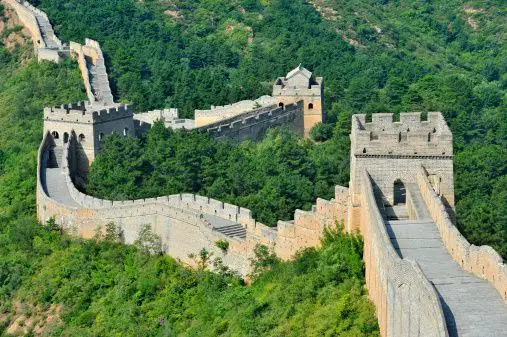
The Great Wall of China is a true engineering marvel that spans over 13,000 miles across China's northern borders. It is a testament to China's ancient history and a symbol of its enduring cultural heritage.
This magnificent structure has captured the imaginations of travelers and historians for centuries, and exploring it is an unforgettable experience.
Let's take a journey through time and history to explore the Great Wall of China and its significance.
The History of the Great Wall of China
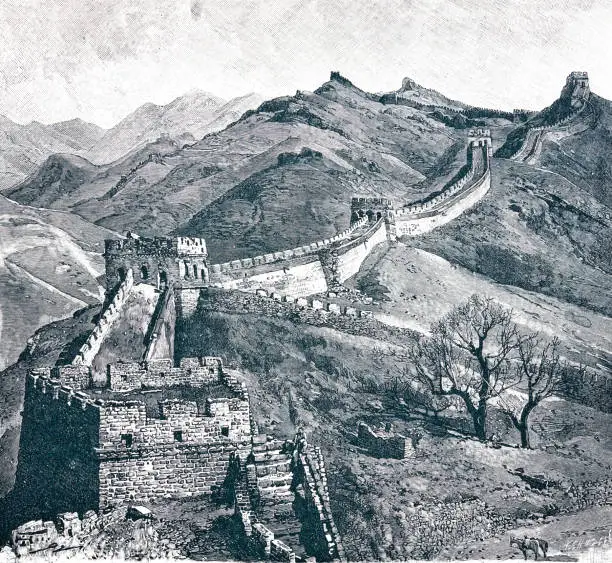
The Great Wall of China is an ancient fortification system that stretches over 13,000 miles across the northern borders of China.
Its construction began over 2,000 years ago and took centuries to complete, making it one of the most impressive engineering feats in human history.
The earliest walls built to protect the northern borders of China date back to the 7th century BC, during the Zhou dynasty.
These early walls were built to defend against invading nomadic tribes from the north. However, it wasn't until the Qin dynasty (221–206 BC) that the first true Great Wall was constructed.
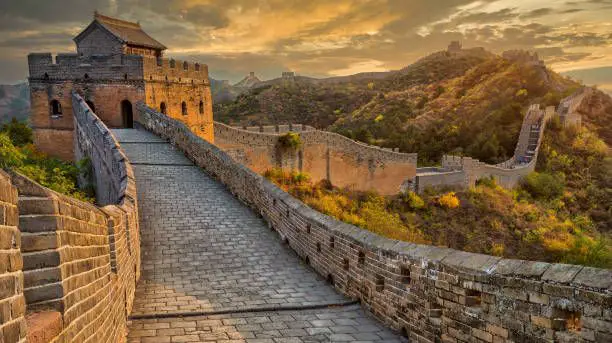
Under the rule of Emperor Qin Shi Huang, the northern walls of the various states that made up China at the time were joined together and fortified to create a single wall that stretched over 3,100 miles.
The wall was constructed using materials such as tamped earth, stone, and wood, and was guarded by thousands of soldiers.
The construction of the Great Wall continued under subsequent dynasties, but it was during the Ming dynasty (1368–1644) that the most significant work was done.
The Ming Great Wall spanned over 5,500 miles and was built using a combination of brick, tamped earth, and stone.
The Ming dynasty also added numerous watchtowers, barracks, and other fortifications along the wall.
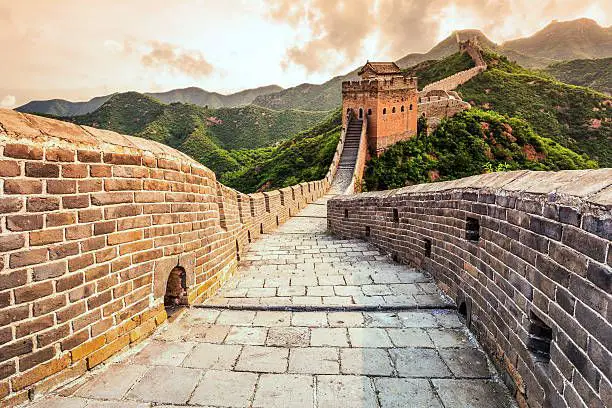
Despite the Great Wall's impressive size and strength, it was not always effective in keeping invaders out.
The wall was breached numerous times throughout history, and various tribes and armies were able to bypass or break through its defenses.
In the end, it was internal strife and political instability that led to the downfall of many Chinese dynasties, rather than invasions from the north.
Today, the Great Wall of China is a symbol of China's ancient history and cultural heritage, and it remains one of the most popular tourist attractions in the world.
Although some sections of the wall have deteriorated or been destroyed over time, much of it still stands as a testament to the skill and perseverance of the people who built it.
Exploring the Great Wall of China
There are many ways to explore the Great Wall of China, depending on your interests and preferences. Here are some of the most popular ways to experience this magnificent structure:
Hiking the Great Wall

Hiking the Great Wall of China is a unique and unforgettable experience that allows visitors to immerse themselves in the history and culture of this ancient fortification system. The Great Wall spans over 13,000 miles, so there are many sections that are open to hikers of varying skill levels.
Here are some things to keep in mind when planning a hike on the Great Wall:
- Choose a Section: There are several popular sections of the Great Wall that are open to hikers, each with its own unique features and level of difficulty. Some of the most popular sections include Badaling, Mutianyu, Jiankou, and Jinshanling. Do your research and choose a section that suits your interests and skill level.
- Be Prepared: Hiking the Great Wall can be physically demanding, so it's important to be prepared. Wear comfortable and sturdy hiking shoes, bring plenty of water and snacks, and dress appropriately for the weather.
- Take Your Time: Hiking the Great Wall is not a race, so take your time and enjoy the scenery. Stop and take photos, explore watchtowers and fortifications, and soak in the history and culture of this amazing monument.
- Be Respectful: The Great Wall is a cultural treasure, so it's important to be respectful of the wall and the surrounding environment. Stay on designated paths, don't remove or damage any artifacts or structures, and don't litter or leave any trash behind.
- Hire a Guide: Consider hiring a local guide to lead you on your hike. A guide can provide valuable insight into the history and culture of the Great Wall and can also help ensure that you stay safe and on the right path.
Hiking the Great Wall of China is a unique and rewarding experience that offers a glimpse into China's rich cultural heritage.
With a little preparation and respect, hikers can explore this amazing feat of engineering and gain a deeper appreciation for the history and culture of China.
Visiting the Famous Sections
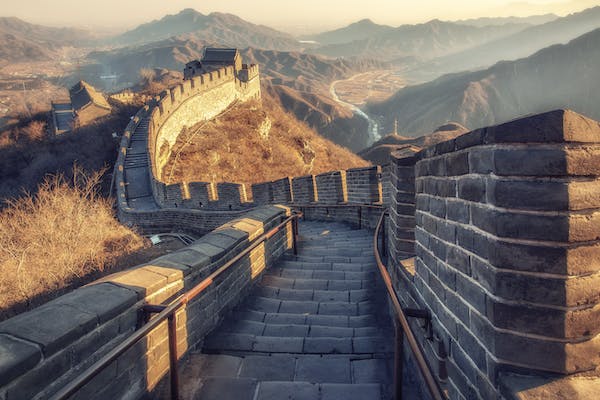
The Great Wall of China is an iconic landmark that attracts millions of visitors each year. While there are many sections of the wall that are open to the public, there are a few that are particularly famous for their beauty and historical significance. Here are some of the most popular sections of the Great Wall that you won't want to miss:
- Badaling: The Badaling section of the Great Wall is perhaps the most famous and well-known. Located just outside of Beijing, it is the most well-preserved section of the wall and is also the most visited. It was first opened to the public in 1957 and has since become one of China's most popular tourist attractions.
- Mutianyu: Located about 45 miles outside of Beijing, the Mutianyu section of the Great Wall is known for its stunning scenery and its well-preserved watchtowers. It is a popular choice for visitors who want to experience the Great Wall without the crowds of Badaling.
- Jiankou: The Jiankou section of the Great Wall is a rugged and challenging section that is popular among adventurous hikers. The section is known for its steep inclines and scenic views, and it is also home to several well-preserved watchtowers.
- Jinshanling: The Jinshanling section of the Great Wall is located about 80 miles northeast of Beijing and is known for its stunning views of the surrounding mountains. The section features well-preserved watchtowers and fortifications and is a popular choice for visitors who want to experience a less-crowded section of the wall.
- Simatai: The Simatai section of the Great Wall is located about 80 miles northeast of Beijing and is known for its steep inclines and stunning views of the surrounding countryside. It is one of the most challenging sections of the wall to hike, but the views from the top are well worth the effort.
Visiting the famous sections of the Great Wall of China is a once-in-a-lifetime experience that offers visitors a glimpse into China's rich cultural history.
Whether you choose to hike the rugged terrain of Jiankou or take in the stunning views from the top of Simatai, the Great Wall is sure to leave a lasting impression on anyone who visits.
Exploring the Remote Sections
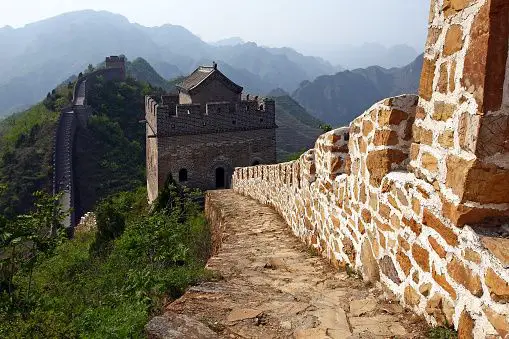
While the famous sections of the Great Wall of China are undoubtedly breathtaking, there are also remote and less-traveled sections that offer a different kind of experience for visitors. These sections of the wall are often located in more rural areas and can be more challenging to access, but they offer a unique perspective on the wall's history and architecture.
Here are some remote sections of the Great Wall that are worth exploring:
- Gubeikou: Located in the mountains about 75 miles northeast of Beijing, the Gubeikou section of the Great Wall is a rugged and remote section that offers stunning views of the surrounding countryside. The section is largely unrestored and is a popular choice for adventurous hikers.
- Huanghuacheng: The Huanghuacheng section of the Great Wall is located about 50 miles north of Beijing and features a beautiful lake that runs alongside the wall. The section is also known for its well-preserved fortifications and watchtowers.
- Shanhaiguan: Located about 180 miles east of Beijing, the Shanhaiguan section of the Great Wall is a less-traveled section that is known for its beautiful natural scenery. The section features several well-preserved fortifications and is also home to the famous "First Pass Under Heaven" gate.
- Jiayuguan: Located in western China near the Gobi Desert, the Jiayuguan section of the Great Wall is a remote and rugged section that offers stunning views of the surrounding desert landscape. The section is home to several well-preserved fortifications and is also located near the famous Silk Road trading route.
- Yumenguan: Located in western China near the border with Kazakhstan, the Yumenguan section of the Great Wall is a remote and rarely visited section that offers a glimpse into the wall's history as a defensive fortification against invading armies from the north.
Exploring the remote sections of the Great Wall of China is a unique and rewarding experience that allows visitors to see the wall in a different light.
While these sections may be more challenging to access, they offer a glimpse into the history and culture of China that is not found in the more popular sections of the wall.
Taking a Scenic Flight
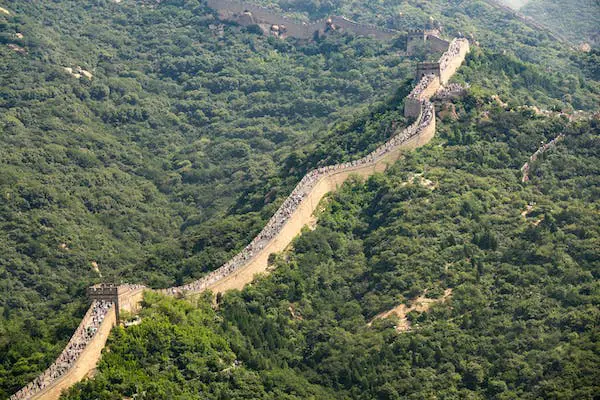
For visitors who want to experience the Great Wall of China from a different perspective, taking a scenic flight is a great option. Flying over the wall allows you to see the impressive structure from above and take in the surrounding scenery.
There are several companies that offer scenic flights over the Great Wall, including private helicopter tours and hot air balloon rides. Here are some of the options available:
- Helicopter Tours: Helicopter tours are a great way to see the Great Wall from above. Several companies offer private tours that depart from Beijing and take you on a scenic flight over the wall. This option is more expensive than other options, but it allows you to see the wall in a unique and memorable way.
- Hot Air Balloon Rides: Hot air balloon rides are another popular option for visitors who want to see the Great Wall from above. These tours usually depart early in the morning and take you on a scenic flight over the wall and surrounding countryside. This option is more affordable than helicopter tours and provides a more leisurely and relaxing experience.
- Small Plane Tours: Small plane tours are another great option for visitors who want to see the Great Wall from above. These tours usually depart from Beijing and take you on a scenic flight over the wall and surrounding countryside. This option is more affordable than helicopter tours and allows you to see more of the wall in a single flight.
Whether you choose to take a helicopter tour, hot air balloon ride, or small plane tour, a scenic flight over the Great Wall of China is sure to be a memorable experience.
Seeing the wall from above allows you to appreciate the scale and beauty of the structure and provides a unique perspective on one of the world's most impressive landmarks.
The Significance of the Great Wall of China
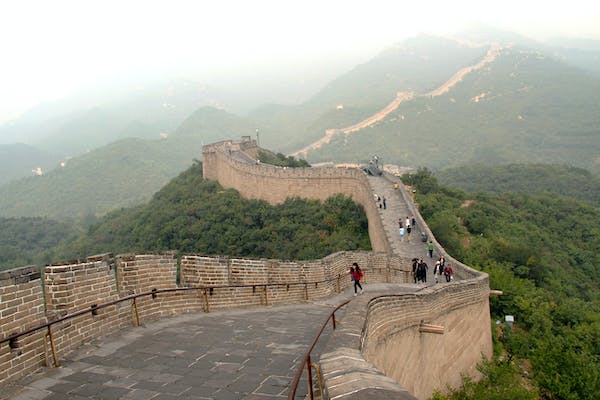
The Great Wall of China is not only a remarkable engineering feat, but it also holds great historical and cultural significance. Here are some of the reasons why the Great Wall is so important:
- Protection: The Great Wall was built to protect China's northern borders from invading armies. It served as a crucial defense system for centuries and helped to safeguard China's sovereignty.
- Symbol of China: The Great Wall is a symbol of China's ancient history and cultural heritage. It is a source of national pride and is recognized as one of the most impressive architectural achievements in the world.
- Tourism: The Great Wall is a major tourist attraction, drawing millions of visitors from around the world each year. It is an important source of revenue for China's tourism industry and helps to promote the country's cultural heritage.
Conclusion
The Great Wall of China is an incredible feat of engineering and a testament to China's rich history and culture.
Exploring the wall, whether by hiking the famous sections, visiting the lesser-known areas, or taking a scenic flight, is an unforgettable experience that offers a unique perspective on one of the world's most impressive landmarks.
The Great Wall is more than just a physical structure; it represents the history and spirit of the Chinese people.
It has stood the test of time, weathered countless battles, and continues to inspire wonder and awe in visitors from all over the world.
From the bustling tourist hubs to the remote and lesser-known sections, the Great Wall of China remains an iconic symbol of human ingenuity and perseverance.
